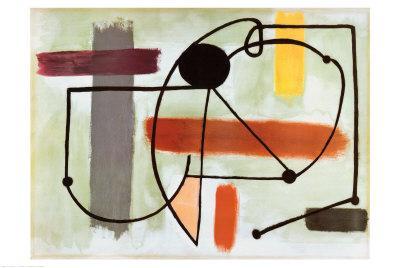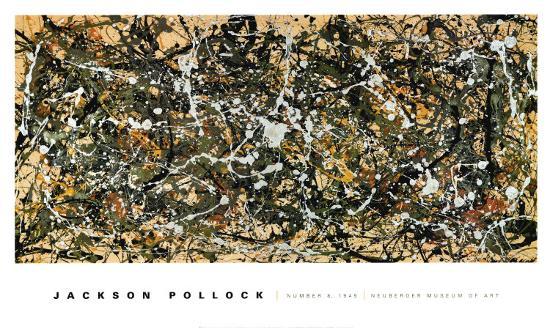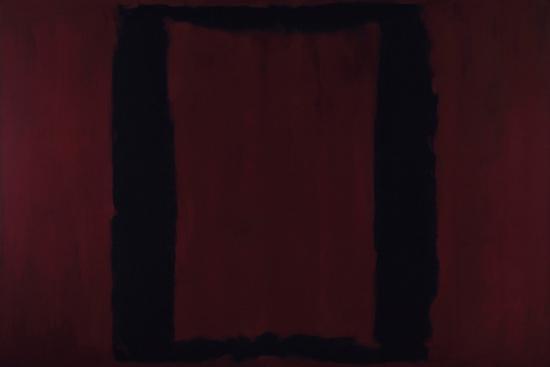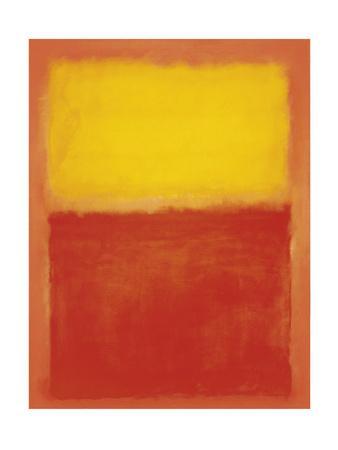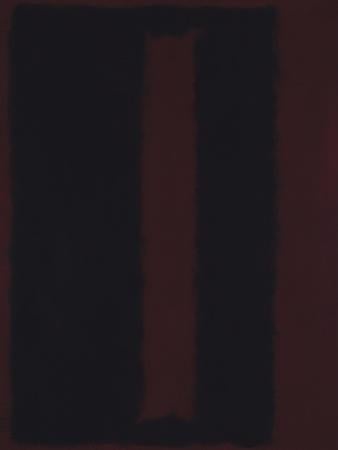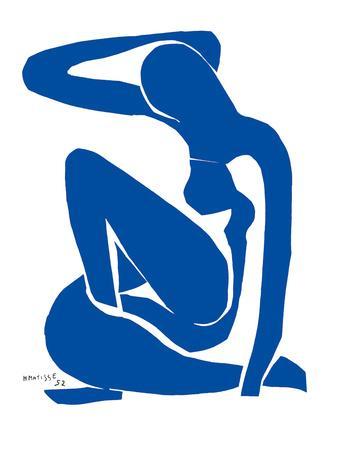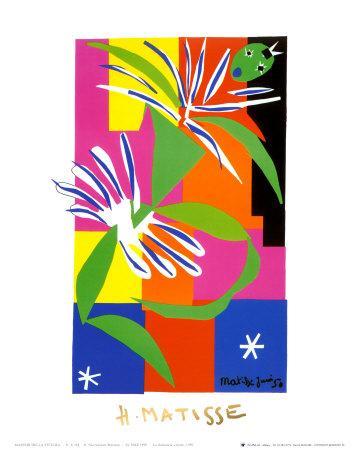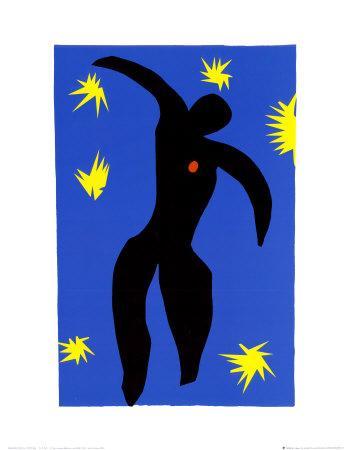Everything You Need to Know About Mid-Century Modern Art
Sleek lines, geometric forms, and earthy tones define the timeless appeal of Mid-Century Modern (MCM) style. Emerging in the mid-1940s and continuing through the late 1960s, this influential movement reshaped architecture, furniture, and visual art with its clean, functional design. Its modern yet approachable aesthetic continues to resonate today, especially among fans of minimalist decor. If you’re new to Mid-Century Modern art, consider this your quick guide to one of the most enduring styles in design history.
What is Mid-Century Modern Art?
Mid-century modern art is the art and design style that gained popularity between the mid-1940s and the mid-1960s. This style reflects a post-war optimism and an embrace of new materials, bold forms, and abstract expression. It is similar to the mid-century modern movement in architecture, interior design, and furniture.
Key Characteristics of Mid-Century Modern Art:
- Clean Lines & Minimalism: Focus on simplicity and function, often using geometric shapes and clean compositions.
- Bold Colors: Use of vibrant, sometimes contrasting, color palettes.
- Abstract & Organic Forms: Blends abstraction with natural, flowing shapes—often seen in paintings and sculpture.
- Integration with Design: Many artists created works intended to harmonize with modern interiors, blurring the line between art and decor.
- Innovative Materials: Experimentation with new materials like fiberglass, acrylic, and screen printing techniques.
Top and Popular Mid-Century Modern Artists
Mid-Century Modern art was influenced by movements like Pop Art and the Atomic Age. MCM artists became celebrities in their own right and were known for their distinct use of color, graphic compositions, and commentary on popular culture.
Some of the biggest names include:
Jackson Pollock
Jackson Pollock is widely recognized as the father of Abstract Expressionism. His most famous works were created using his dynamic “drip technique,” in which he poured, flung, and splashed liquid household paint on canvas. These paintings were an explosive exploration of freedom and subconscious creation.
Mark Rothko
Russian-American Mark Rothko revolutionized painting when he introduced his “color field paintings” in 1949. These artworks were characterized by freeform blocks of pure color with brushy borders. Large and engrossing, Rothko created them to inspire reflection and religious connection.
Henri Matisse
Henri Matisse is celebrated as one of the most influential artists in history. Although he’s credited for pioneering the Fauvism movement, Matisse’s paintings during the MCM period echo the era’s emotional use of color. He painted flat abstract figures using sinuous lines, strong brushwork, and brilliant colors.
How to Pick Mid-Century Modern Art for Your Space
Mid-Century Modern art is chic and timeless, but how do you know which artworks best fit your interior space? Here’s a quick guide to help you choose!
1. Consider the style(s) of your existing pieces.
Looking to expand your gallery wall? MCM art plays nice with so many other genres! Much like MCM, abstract art uses color, shapes, and forms to express emotions. On the flip side, mixing MCM art in with more representative pieces (e.g., portraits and photography) can add visual depth. To simplify the decision-making process, pick out pieces that share colors or subjects for cohesiveness.
2. Reflect your interior palette.
Speaking of color—you’ll find that MCM art covers the full spectrum. It’s all about the look and feel you’re going for. If your home is on the traditional side, consider picking up pieces in warm tones to underscore its classic look. Is your space eclectic and bright? Tone it down with black-and-white wall art for a bit of contrast.
3. Keep it simple and minimal.
MCM style is forever relevant thanks to its versatility. It focuses on strong lines, simple shapes, and expressive colors over tiny, intricate detailing. When choosing furniture for your space, look for sleek silhouettes and natural materials like wood. Try echoing the balanced compositions found in MCM art with a symmetrical room layout. (It’ll help a small space feel bigger, too!)
Now you’re ready to start decorating with Mid-Century Modern art! Shop our curated collection of fine art pieces from contemporary and alike.
